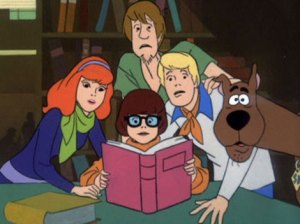Starting month three of a major decluttering event, based on Marie Kondo’s The Life-Changing Magic of Tidying Up. (See my previous posts here and here and here and here.) I finished going through my clothes, books, CDs, DVDs, doll furniture, and floppy disks (egad!). That was all exhilarating. Now it’s papers.
Papers are not fun.
Marie Kondo’s advice: “My basic principle for sorting papers is to throw them all away.” If only it were that easy! Over the last four decades I’ve kept a lot of papers, some for the right reasons and some for the wrong. I have three filing cabinets, ten stack files, and at least a couple of boxes, just for my own papers.
They’ve been bogging me down. It’s gotten to the point where I can’t look at a stack of papers without wincing, so then I don’t touch it, and it’s a downward spiral from there! I have organized files carefully over the years, but still, I have papers of sentimental value mixed in with papers of no use entirely.
So far I’ve gone through all my filing cabinet drawers and rid myself of about half the papers. I am nowhere near throwing them all away — nor, as a writer, should I be. I have about two filing cabinet drawers full of things I’ve written over the course of my life, from preschool-era stuff to the half-finished novel from high school to the story I’m in the middle of right now. I have a drawer devoted to classes I have taught once, and several files devoted to the technical writing career. I have drawers full of research materials for stories and essays I might write.
Going through all these has given me a chance to think about where my life has been and where it is going. What am I doing with myself, anyway? I’m a stay-at-home writer mom, doing work that fulfills me absolutely, but in a culture that values neither writers nor SAHMs. I’m missing the kind of respect you can get from the workplace, and to be honest, it’s affected my self-esteem. In one year I will have exited the “kids in elementary school” stage and could re-enter the workforce with reasonable confidence my family could cope. A lot of my friends are doing that. Am I just spinning my wheels?
Welcome to my midlife crisis, brought on by a filing cabinet!
What am I doing with myself? Well, treating my writing career like a spare-time activity, and treating my work itself like a blog entry, to be tossed in the wind and left behind. Time for a change. Not a return to the daily grind, not right now, anyway, but time for me to take myself and my work seriously.





